Wildlife Watching
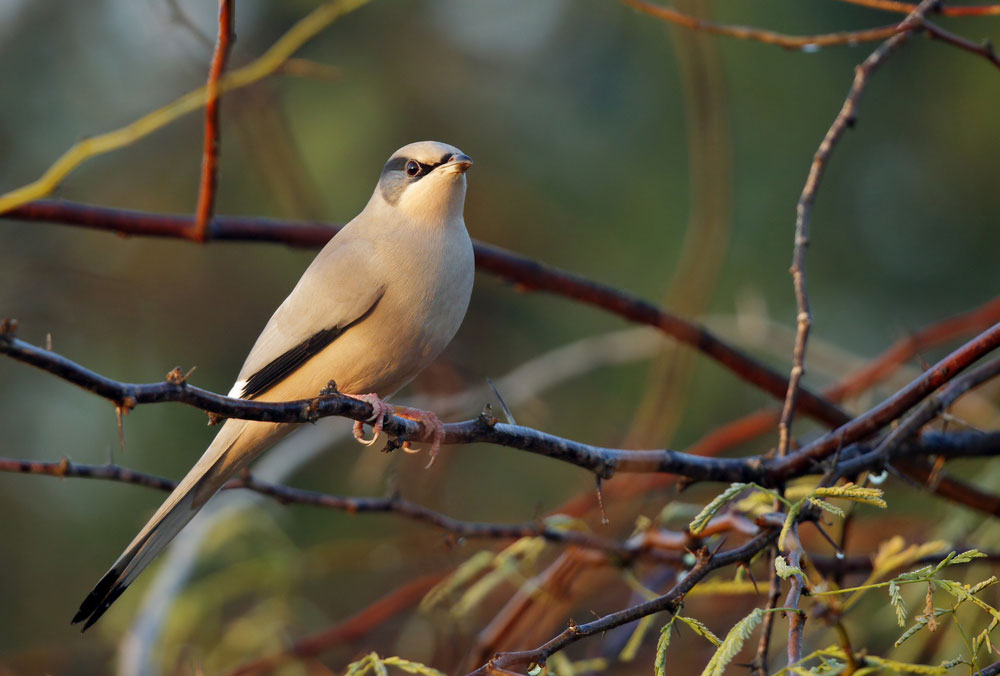
Bird migration season
Bird watching is one of the favorite attraction for the tourists visiting Sultanate, owing to the remarkable diversity of avian species, which has been documented to include 486 varieties in numerous specialized studies and reports.
The Muscat Governorate serves as an excellent starting point for bird watching enthusiasts, with Qurum Nature Park standing out as a prime location for observing common bird species year-round. Visitors can marvel at a plethora of birds such as the yellow bulbul, osprey, graceful warbler, laughing doves, small oriental warblers, and Asian tamarinds. Coastal areas offer sightings of herons, flamingos, gulls, and hawksbills, while water monuments’ ponds are ideal for observing eagles and water birds.
For birdwatching enthusiasts, Al Ansab lagoons, also referred to as Ansab Wetlands, and Qurum Natural Park, in Muscat offer prime locations on the mainland. These sites host a variety of breeding birds native to Oman, providing ample opportunities for sightings. Among the commonly observed species are the grey francolin, red-wattle plover, laughing dove, little green bee-eater, yellow-vented bulbul, Arabian babbler, purple sunbird, and Indian Silver-bill. Whether you’re a seasoned birder or a novice enthusiast, these spots promise rewarding experiences amidst Oman’s avian diversity.
- Location : -
- Governorate: Muscat, Al Batinah, Musandam, and Al Shariqya Governorates.
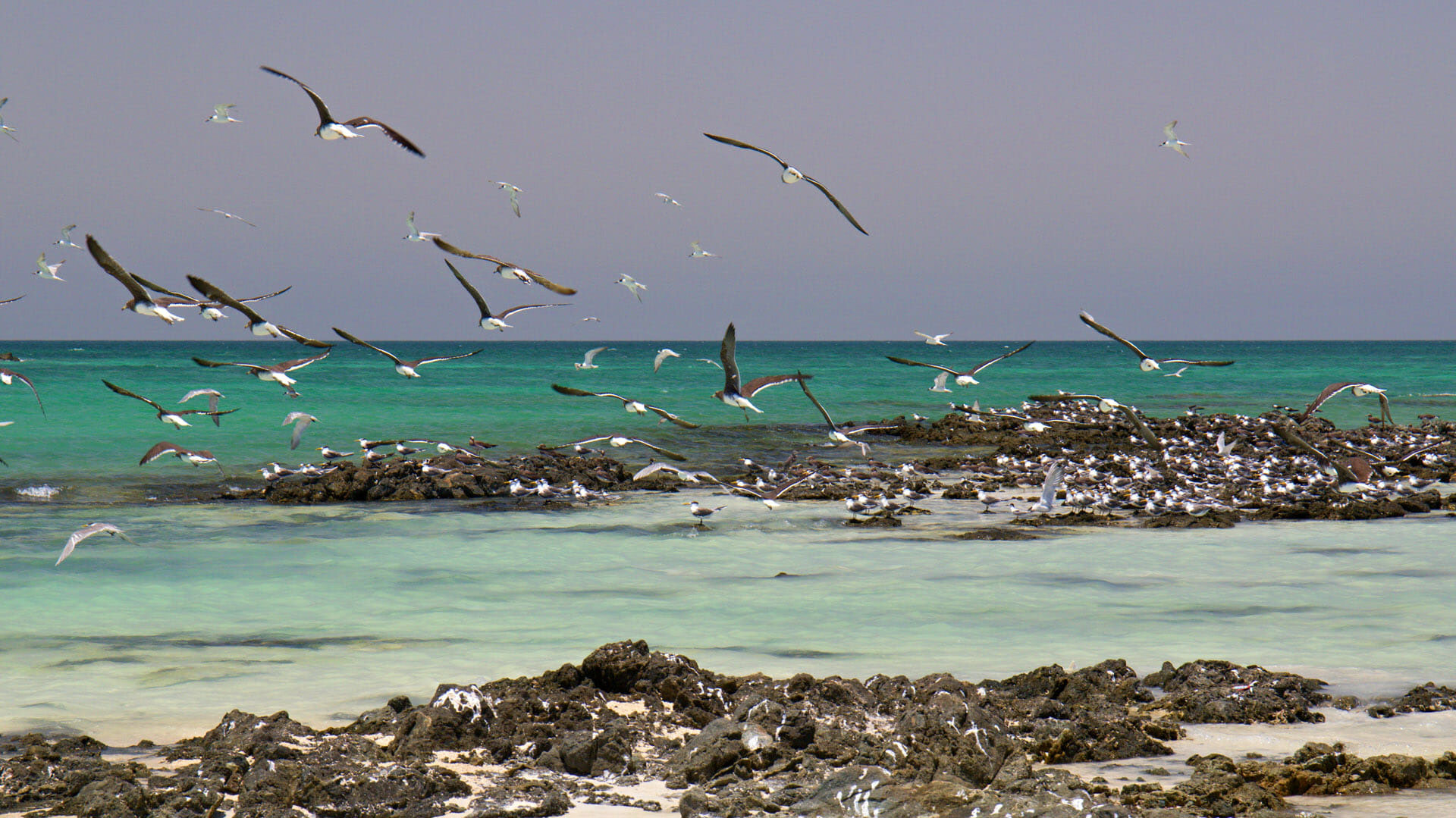
Damaniyat, Sawadi & Fahl Islands
In Muscat Governorate, the Damaniyat, Sawadi, and Fahl Islands beckon with their diverse avian populations. The Damaniyat Islands serve as breeding grounds for various bridled and white-cheeked species, alongside common noddies, ospreys, and western reef herons during nesting seasons. Beyond their aquatic inhabitants, Al Sawadi Island and Al Fahl Island, situated 4 km off Ras Al Hamra near Muscat, host breeding colonies of sooty falcons. Additionally, Al Fahl Island boasts nesting red-billed tropic birds, enriching the islands’ ecological tapestry with their presence.
Ras Al Sawadi along the Batinah Coast provides opportunities to observe flamingos, gulls, hawksbills, and in summer, the mesmerizing sight of sunset falcons. Agricultural lands in Sohar are favored by species like larks, jasmines, and wagtails, particularly during migration seasons. The mangrove trees in Liwa and Shinas are home to the endemic manatee fisherman.
In the Musandam Governorate, the abundance of birds during winter and fall attracts visitors, with the Socotra sea crow frequently spotted along the coast near Khasab.
Prime observation spots include the eastern region near Ras Al Hadd, where beaches teem with seagulls and terns during migration periods. Here, one can witness the captivating sight of the red-billed sea head among the flamingos, and a flock of gnats near Khor Grama.
While a visit to the northern mountains of the Hajar range may not yield a lengthy bird list, it offers sightings of intriguing species like the majestic eared vulture soaring above.
- Location : -
- Governorate: Muscat Governorate
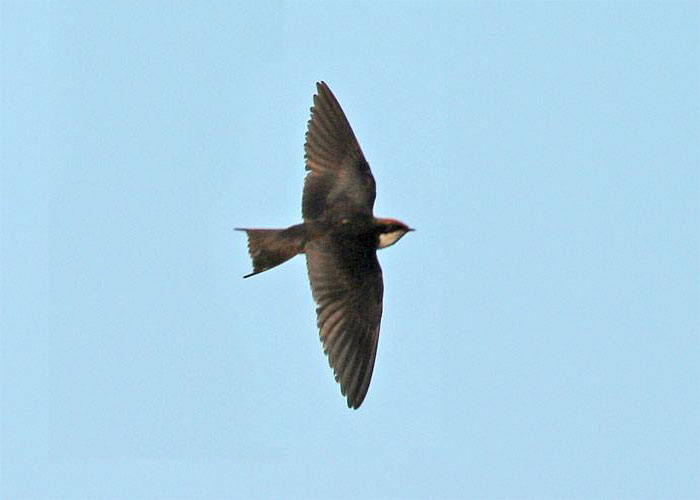
Qatbit & The Dhofar Governorate
Embark on a journey to the Dhofar Governorate and explore the desert oasis of Qatbit to encounter unique desert bird species, including the crowned and spotted sand grouse, as well as the larger hoopoe larks. Along the coast of Dhofar, numerous khwars provide ideal wintering habitats for a diverse array of water birds, enhancing the region’s allure for birdwatching enthusiasts
- Location : -
- Governorate: Dhofar Governorate

Green Turtle
During the nesting season for green turtles, Ras Al Jinz in the Wilayat of Sur becomes a focal point for these magnificent creatures. From August through October, these turtles grace the beaches of the region with their presence, drawing the fascination of numerous visitors and establishing it as a unique tourist destination in the Sultanate, especially cherished by enthusiasts of turtle-watching.
Among the five species of turtles found in the Sultanate, the green turtle, locally referred to as “Hamsa,” thrives within the Ras Al Jinz Reserve. Throughout the year, these turtles frequent the beaches of Ras Al Hadd and Ras Al Jinz, with nesting season peaking from May to October annually. Renowned for their distinct shape and vibrant colors, green turtles have designated Ras Al Jinz as a sanctuary for nesting, traversing vast distances along the Arabian Gulf, the Red Sea, and the shores of South Africa to lay their eggs safely on the golden sands of Ras Al Jinz, blessed with a moderate climate bestowed by nature.
The five species of turtles found in Oman are:
1.Green turtle (Chelonia mydas) - locally known as “Hamsa”
2.Loggerhead turtle (Caretta caretta) - locally known as “Buhamra”
3.Hawksbill turtle (Eretmochelys imbricata) - locally known as “Fahal”
4.Olive Ridley turtle (Lepidochelys olivacea) - locally known as “Fawwah”
5. Leatherback turtle (Dermochelys coriacea) - locally known as “Safra”
Each species of turtle has its preferred nesting and foraging grounds, and their presence can vary depending on the season. Here’s a general overview:
1.Green Turtle (Chelonia mydas)
Where: Green turtles can be observed nesting along the beaches of Ras Al Hadd and Ras Al Jinz in the Wilayat of Sur, Oman. They also forage in the waters around Oman.
Season: Nesting season typically occurs from May to October.
2.Loggerhead Turtle (Caretta caretta)
Where: Loggerhead turtles can be found nesting on various beaches along the Omani coast, including Ras Al Hadd and Ras Al Jinz.
Season: Nesting season typically aligns with that of green turtles, occurring from May to October.
3.Hawksbill Turtle (Eretmochelys imbricata)
Where: Hawksbill turtles are known to nest on beaches around Oman, including Ras Al Hadd and Ras Al Jinz.
Season: Nesting season typically coincides with that of green and loggerhead turtles, from May to October.
4.Olive Ridley Turtle (Lepidochelys olivacea)
Where: Olive Ridley turtles may occasionally nest on Omani beaches, but they are less common compared to other species.
Season: Nesting season aligns with other species, generally from May to October.
- Leatherback Turtle (Dermochelys coriacea)
Where: Leatherback turtles are rare visitors to Omani waters and beaches, with sightings being infrequent.
Season: If spotted, sightings may occur during the nesting season of other turtle species, from May to October.
To witness turtle nesting activities, it's best to visit the designated turtle reserves and protected areas along the Omani coast during the nesting season. These areas often offer guided tours and conservation programs to observe and learn about these fascinating creatures while ensuring minimal disturbance to the nesting sites.
- Location : -
- Governorate: Al Shariqya Governorate
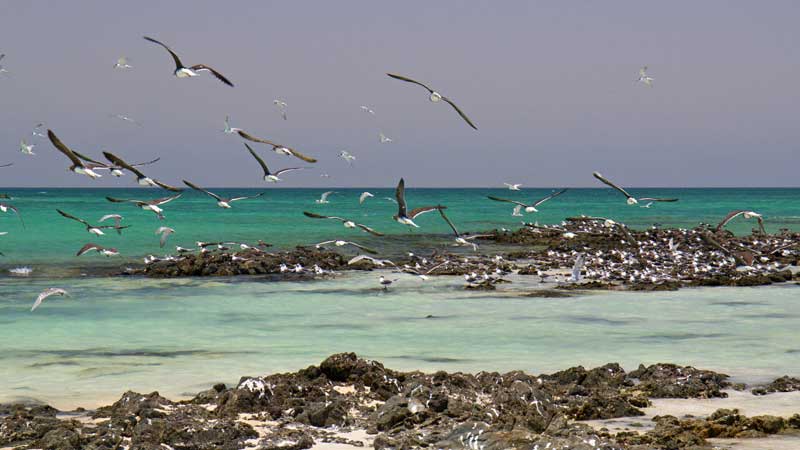
Best for Birds
Masirah Island
Well over 300 species including kingfishers, plovers, terms and flamingos have been counted on Masirah wetlands and mudflats.
- Location : -
- Governorate: -
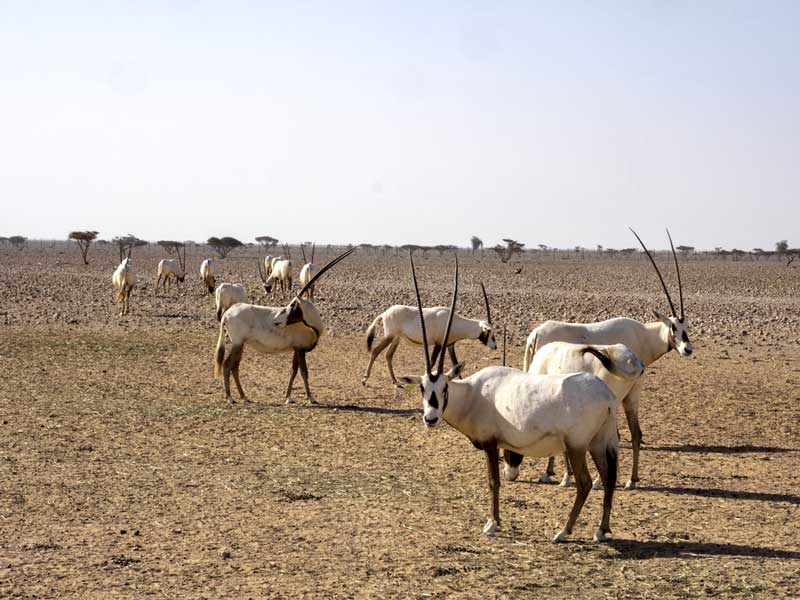
Best for Desert Mammals
Wusta
This arid region is home to the endangered Arabian Oryx, a striking-looking Gazelle, as well as the Nubian Ibex, Desert Foxes, sand cats and Caracals.
- Location : -
- Governorate: -
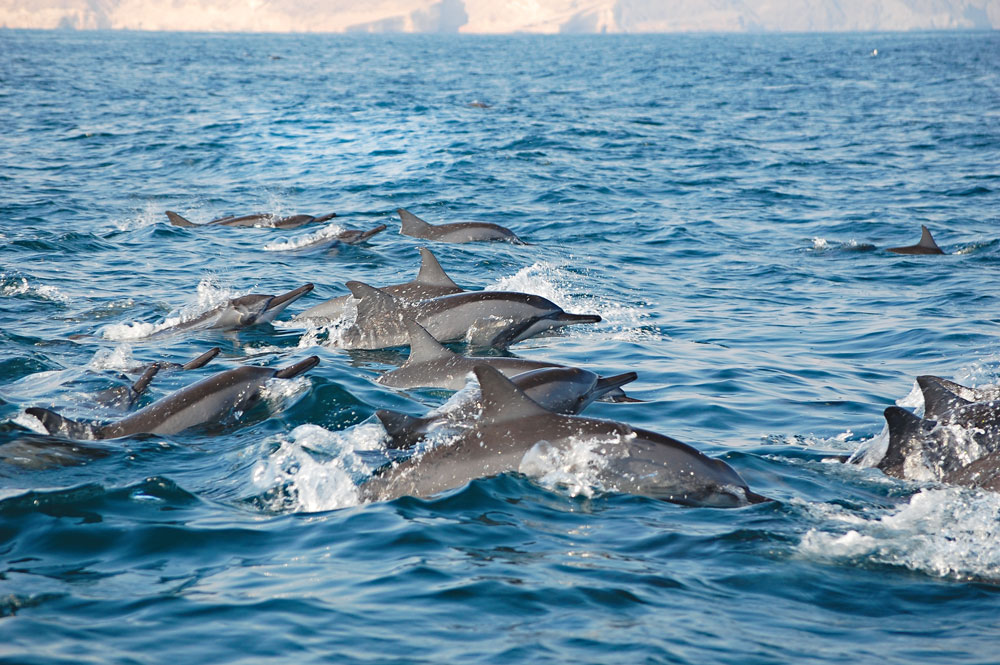
Dolphin & Whales
Twenty different species of whales and dolphins call Oman’s oceans home, making it a significant region for almost 25% of the world’s population of these mammals. The abundance of the feeding grounds draws the beautiful species near to the coast of Oman. Take a scheduled journey to the sea from Salalah, Khasab, or Muscat, and a sighting is frequently made in a matter of minutes. You might see a humpback whale coming up for air on the horizon, or perhaps the dolphins are watching you as they playfully swim beside the boat.
When visiting Oman, seeing dolphins and whales is a “must do” experience. Who knows, maybe you’ll get to interact with some of the largest animals on earth.
The shores of Oman welcome abundant troops of dolphins, with prime watching spots in Musandam and Muscat, although they are also commonly sighted in Al Sharqiya, Al Wusta, and Dhofar. The dolphin species frequenting the Sultanate of Oman are Indian Ocean and Pacific humpback dolphins, rough-toothed dolphins, tropical spotted dolphins, striped dolphins, spinner dolphins, and long-beaked common dolphins.
Whales also grace Oman’s beaches sporadically, particularly in Al Wusta, Dhofar, and South Al Sharqiyah. Notable whale species that make appearances include Bryde’s whales, blue whales, humpback whales, sperm whales, dwarf sperm whales, Cuvier’s beaked whales, pygmy killer whales, killer whales, melon-headed whales, and false killer whales.
- Location :
- Governorate: Muscat, Al Shariqya, Al Wusta, Musandam & Dhofar Governorates
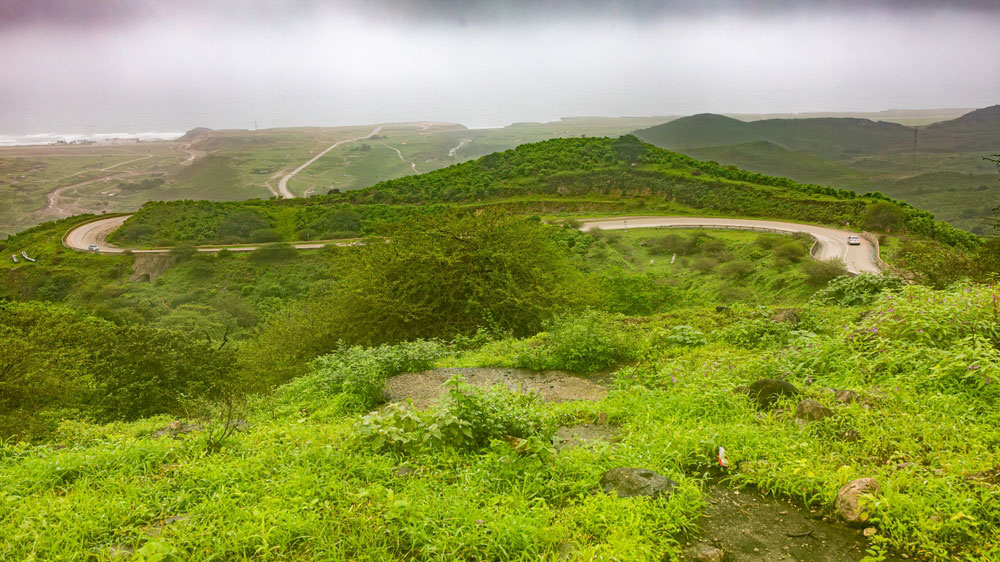
Jabal Samhan Reserve
Nestled in the Dhofar region near Jabal Samhan, the Jabal Samhan Reserve spans an impressive 4,500 square kilometers. This expansive wildlife sanctuary remains uninhabited throughout the year, serving as a vital refuge for diverse species. Among its inhabitants are the elusive Arabian leopard, along with the Arabian wolf, Indian crested porcupine, cape hare, rock hyrax, and an array of bird species. The reserve also boasts a rich variety of flora, including acacia trees and the iconic Frankincense tree. Access to the Jabal Samhan Nature Reserve requires special authorization.
- Location :
- Governorate: Dhofar Governorate
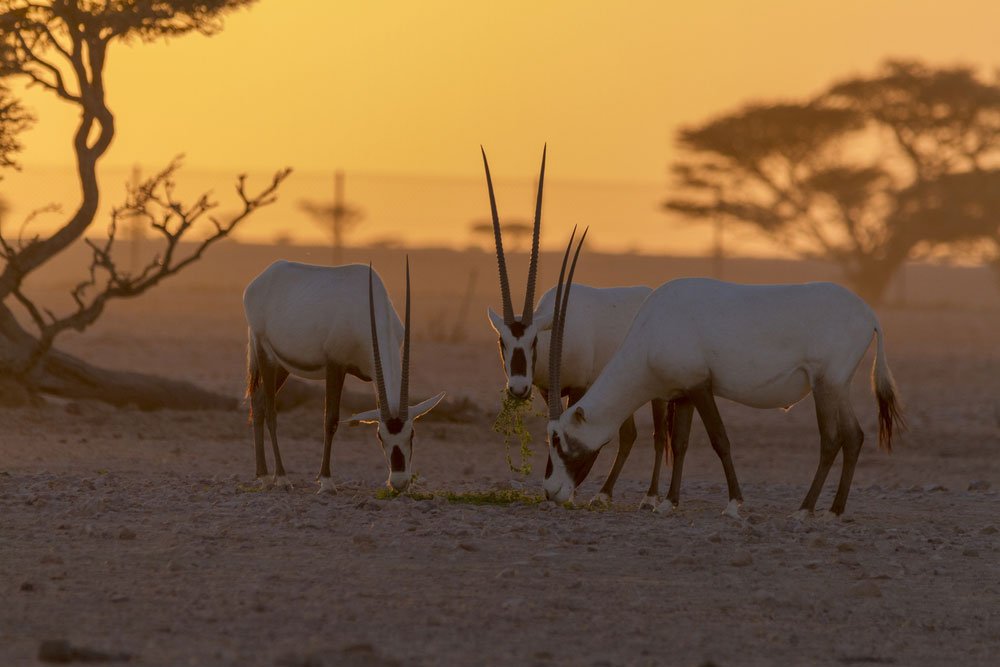
As Saleel Nature Park
Located in South Al Shariqya, As Saleel Nature Park spans 220 square kilometers and lies approximately 57 kilometers from Sur in the Al Kamil W’al Wafi Wilayat. The park comprises three primary geographical zones and is renowned for its abundant wildlife. Among its inhabitants are Arabian gazelles, wild cats, Arabian wolves, red foxes, Egyptian eagles, in addition to a diverse population of turtles and birds.
- Location :
- Governorate: Sur, South Al Shariqya
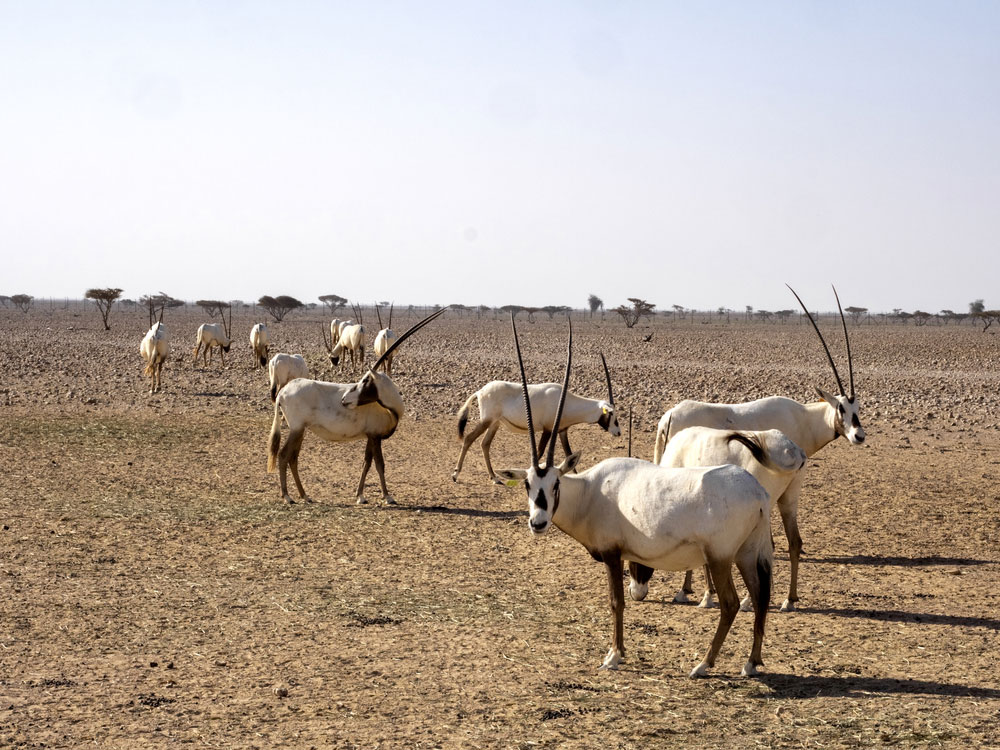
Al Wusta WildLife Reserve
Located in the heart of Oman’s Al Wusta region, the Al Wusta Wildlife Reserve lies within the city of Haima. Encompassing an area of 2,824 square kilometers, it serves as a sanctuary for various species including the iconic Arabian Oryx, Arabian gazelle, hares, and ibexes. Additionally, a small herd of reintroduced Oryx thrives within its boundaries. The reserve offers a unique opportunity to observe these majestic desert antelopes up close, thanks to a breeding center housing approximately 600 animals. Accessible only by 4WD vehicles with prior permits, the reserve is situated 50 kilometers off the Haima-Duqm road, accessible via the designated “Haba” graded trail.
- Location :
- Governorate: Al Wusta
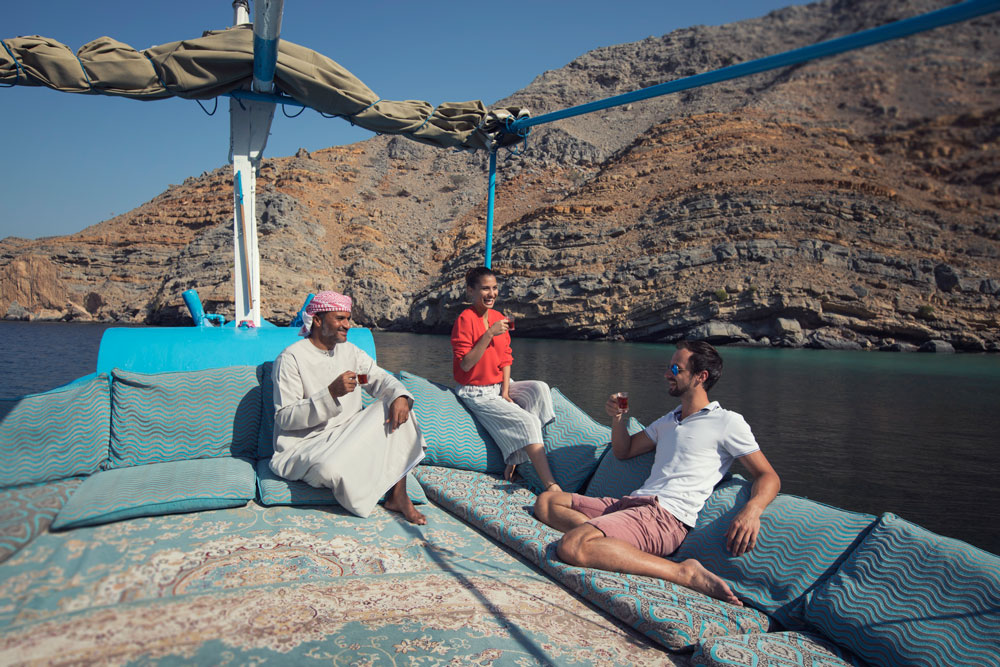
Fjords of Musandam:
Musandam, Oman’s northernmost Governorate, stands apart with its unique coastline characterized by rocky edges that form picturesque fjords. Isolated from the rest of the nation by a stretch of land from the United Arab Emirates, Musandam is renowned for its vibrant marine life. Among its most famous inhabitants are humpback and bottlenose dolphins, which grace the waters with their presence. Tourists can experience the beauty of Musandam and encounter these majestic creatures aboard traditional Omani Dhows, offering unforgettable dolphin-watching experiences.
- Location :
- Governorate: Musandam
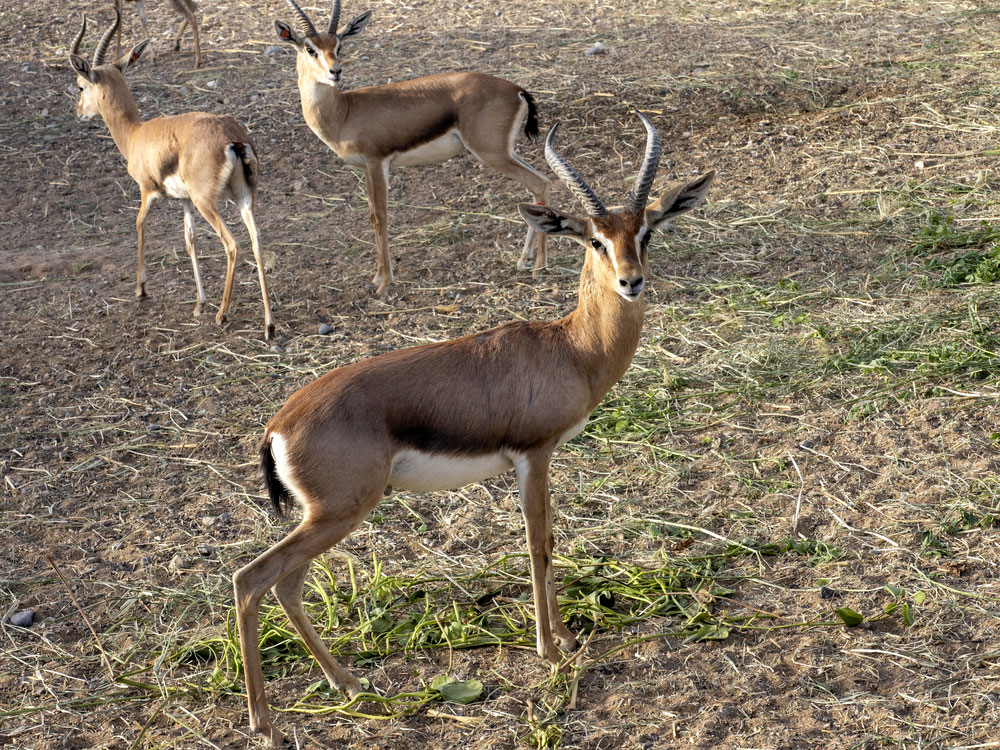
Wadi Sareen Reserve
Located 45 kilometers south of Muscat within Oman’s central eastern Al Hajr Mountains Range, the Wadi Sareen Reserve in Muscat Governorate offers a haven for diverse wildlife. This sanctuary’s rugged terrain, characterized by high cliffs and rocky slopes, provides an ideal habitat for some of the world’s rarest and most endangered mammals, including the Arabian Tahr. With its distinctive black stripe along the back, hooked horns, and reddish-brown fur, the Arabian Tahr finds sanctuary within these confines. The reserve is also home to a myriad of other species such as the Arabian Gazelle, Arabian Wolf, Red Fox, Hedgehog, Deer, Common Kestrel, Egyptian Vulture, Sand Partridge, and the Oman Saw-Scaled Viper. These animals can be observed either in small familial groups or roaming independently within the Wadi Sareen’s captivating landscape.
- Location :
- Governorate: Muscat Governorate



